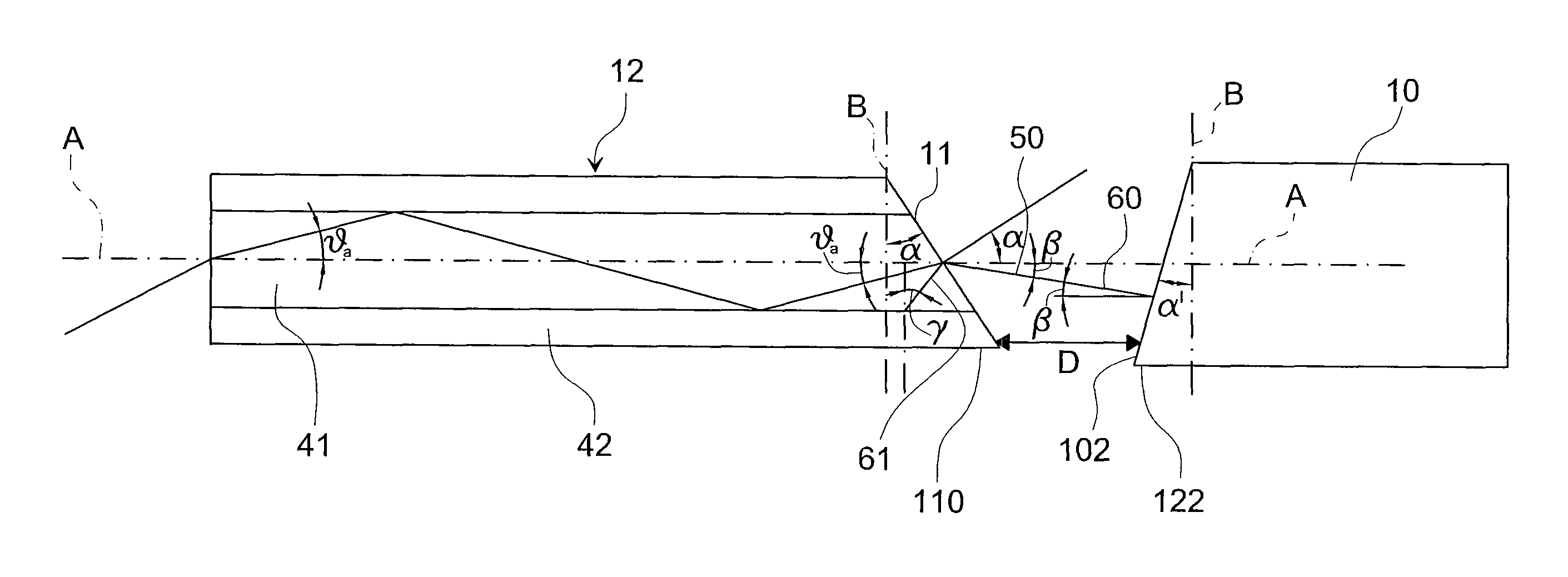Optical sensor for contactless pressure measurements
a technology of optical sensors and pressure measurements, applied in the field of optical sensors, can solve the problems of less reliable, more sensitive mechanical vibration of “interferometric” sensors, and even more expensive of “interferometric” sensors, and achieve the effect of increasing reliability
- Summary
- Abstract
- Description
- Claims
- Application Information
AI Technical Summary
Benefits of technology
Problems solved by technology
Method used
Image
Examples
Embodiment Construction
[0037]An optical sensor for pressure measurements according to the present invention is shown in FIGS. 1-3. Specifically the optical sensor comprises (FIG. 1), an optical source 1, for example a LED or a LASER source, which is connected by means of a fiber to an optical isolator 2 and the optical isolator is further optically connected to an input port PORT 1 of a directional optical coupler 3. The optical isolator 2 is needed to avoid that the light back reflected reaches the optical source possibly producing some optical instability of the source itself. The directional optical coupler 3 comprises another input port PORT 2 which is optically connected by means of a fiber with a receiver 5, for example a PIN or an APD; the output port PORT 3 of the directional optical coupler 3 is optically connected to the input of a waveguide means 4, for example a single mode or multimode optical fiber. The length of this waveguide means 4 may be done long enough from few meters to some kilomete...
PUM
| Property | Measurement | Unit |
|---|---|---|
| angle | aaaaa | aaaaa |
| angle | aaaaa | aaaaa |
| displacement | aaaaa | aaaaa |
Abstract
Description
Claims
Application Information
 Login to View More
Login to View More - R&D
- Intellectual Property
- Life Sciences
- Materials
- Tech Scout
- Unparalleled Data Quality
- Higher Quality Content
- 60% Fewer Hallucinations
Browse by: Latest US Patents, China's latest patents, Technical Efficacy Thesaurus, Application Domain, Technology Topic, Popular Technical Reports.
© 2025 PatSnap. All rights reserved.Legal|Privacy policy|Modern Slavery Act Transparency Statement|Sitemap|About US| Contact US: help@patsnap.com



